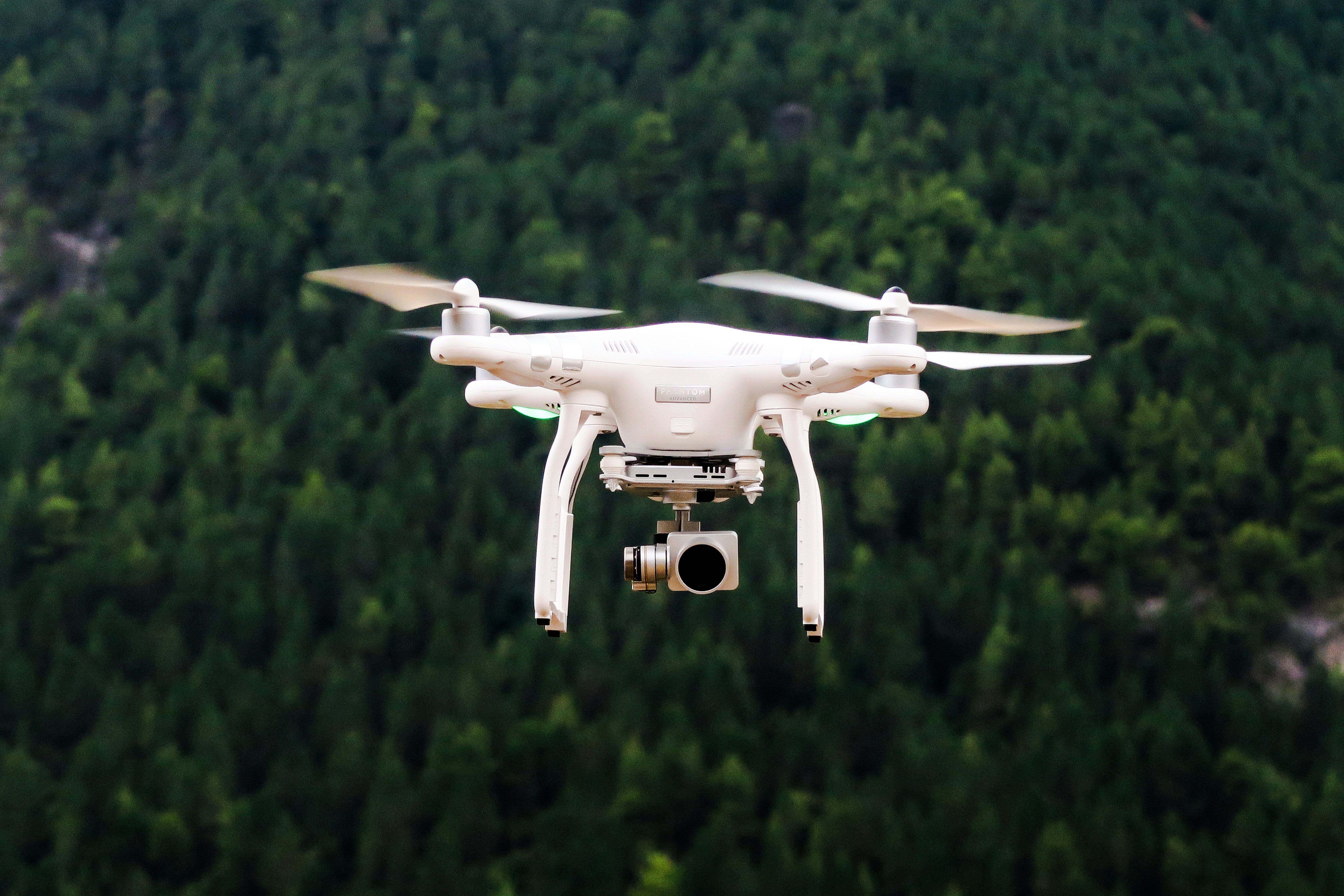
The Rise of Drones in Hurricane Damage Assessment
As technology advances, drones have emerged as powerful tools in assessing damage caused by hurricanes. Their ability to rapidly gather data from hard-to-reach areas can significantly enhance the speed and efficiency of recovery efforts. By providing real-time imagery and data, drones offer emergency responders critical insights into the extent of damage and areas in need of immediate attention.
The Advantages of Drone Technology
One of the primary benefits of using drones for hurricane damage assessment is their capacity to access areas that are otherwise inaccessible due to flooding, debris, or structural damage. Equipped with high-resolution cameras and sensors, drones can capture detailed images and videos that help map out affected regions with precision.
In addition to imagery, drones can be outfitted with thermal sensors to detect heat anomalies, which might indicate ongoing fires or gas leaks. This information is crucial for emergency crews as they plan their response strategies. Moreover, drones can survey large areas in a fraction of the time it would take a ground crew, making them invaluable in time-sensitive disaster situations.
Real-World Applications and Success Stories
The effectiveness of drones in disaster response has been demonstrated in several high-profile hurricanes, including Hurricane Michael in 2018 and Hurricane Dorian in 2019. In these instances, drones played a vital role in FEMA’s efforts to assess damage, expedite insurance claims processing, and support recovery planning.
For example, during Hurricane Michael, drone teams were able to provide up-to-date maps and damage assessments within hours of the storm’s passing. This rapid feedback loop enabled relief agencies to allocate resources more efficiently, helping affected communities recover more quickly.
Challenges and Considerations
Despite their many advantages, deploying drones in post-hurricane environments does come with challenges. Weather conditions can severely impact flight capabilities, and restricted airspace due to ongoing emergency operations might limit drone usage. Additionally, there are regulatory considerations to keep in mind, such as ensuring compliance with FAA regulations for drone operations.
Privacy concerns also arise with the use of drones, as the devices might capture images of individuals or private property. Operators must adhere to strict guidelines to ensure ethical use and respect for privacy during missions.
Future Prospects: Expanding Capabilities
Looking ahead, the integration of artificial intelligence and machine learning could enhance the capabilities of drones in hurricane damage assessment. AI could automate the analysis of imagery, identifying damage patterns and predicting areas at risk of further deterioration. This technology would provide decision-makers with even more accurate data, further streamlining recovery efforts.
Moreover, advancements in drone hardware, such as extended flight ranges and payload capacities, could enable more comprehensive and continuous monitoring of disaster zones. These improvements would support a faster and more informed response, ultimately saving lives and reducing economic losses.
The Role of Nonprofits and Community Involvement
Organizations like HelpNow are at the forefront of training and equipping communities with the skills necessary to operate drones during disasters. By fostering collaboration between nonprofits, government agencies, and private sector stakeholders, we can maximize the potential of drone technology in emergency response.
If you are interested in contributing to disaster response efforts, consider joining us in our mission to provide critical support and training. Explore opportunities to join our community or support our initiatives to ensure we’re equipped to respond to future disasters effectively.
In conclusion, drones are transforming the landscape of hurricane damage assessment, offering unprecedented capabilities in data collection and analysis. By overcoming challenges and investing in this technology, we can enhance our readiness and resilience in the face of natural disasters.
